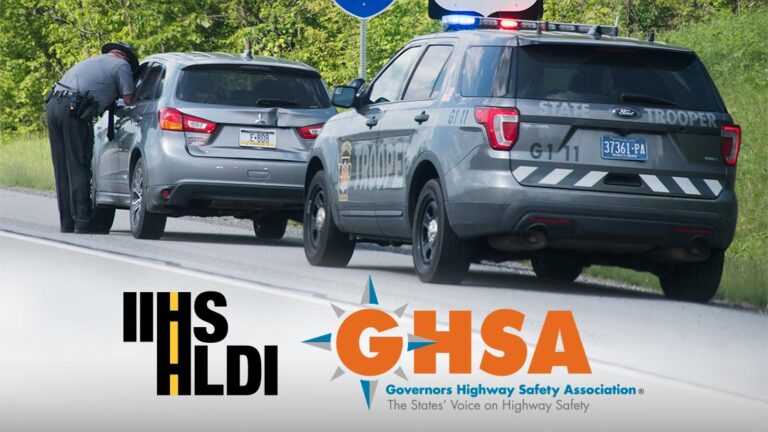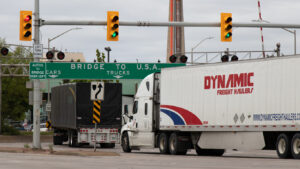WASHINGTON and ARLINGTON, Va. — With nearly 800 people killed on U.S. roads every month in speed-related crashes, the Governors Highway Safety Association (GHSA) and the Insurance Institute for Highway Safety (IIHS) are launching a partnership to support a new kind of state program to reduce the toll.
GHSA and IIHS are working with the National Road Safety Foundation (NRSF) to award one or more grants in 2020 to develop and implement a speed-management pilot program.
State agencies will be eligible to compete for the grant by proposing an interdisciplinary, community-based program that combines proven and innovative countermeasures from the areas of engineering, high-visibility enforcement, communications, advocacy and policy.
“Our three organizations are teaming up because we need to rethink how we address speeding,” GHSA Executive Director Jonathan Adkins said. “We will be taking different approaches like engineering, enforcement, and community engagement and breaking them out of their silos to more effectively target speeding and ultimately change the prevalent culture around this dangerous driving behavior.”
More than 9,000 fatalities in 2018, or 26 percent of all crash deaths, were speed-related.
High speeds increase the likelihood of a crash because it takes a driver longer to stop or slow down.
They also make collisions more deadly because crash energy increases exponentially as speeds go up.
IIHS experts will evaluate the pilot program with the goal of identifying a model that can serve as a national template.
“The program aims to follow the example of the national Click It or Ticket program on seat belt enforcement. That program started as a successful pilot project in North Carolina and was eventually scaled up nationwide,” said IIHS President David Harkey.
The speed project grew out of an April 2019 national forum hosted by IIHS and GHSA that brought together a diverse group of stakeholders to discuss ways to address the speed problem. Highway safety advocates, researchers, and local, state and federal officials spoke about how enforcement challenges, rising speed limits, and public acceptance of speeding have added new urgency to the problem.
“Speed has remained a leading fatal crash factor for decades and there is no way we will get to zero traffic deaths without prioritizing this persistent highway safety threat,” says Michelle Anderson, NRSF director of operations.
To provide states and communities with more details about the new grant program, GHSA and IIHS will host an informational webinar on Thursday, November 14, from 2-3 p.m. EST.
For more information on the webinar and to register, click here.
The Trucker News Staff produces engaging content for not only TheTrucker.com, but also The Trucker Newspaper, which has been serving the trucking industry for more than 30 years. With a focus on drivers, the Trucker News Staff aims to provide relevant, objective content pertaining to the trucking segment of the transportation industry. The Trucker News Staff is based in Little Rock, Arkansas.









What iihs and “ghsa” (really how many governers are really a partt if that “group”)
NHTSA should only be counting crashes to fast for conditions, but they dishonestly pump up the number!
http://www.thenewspaper.com/news/52/5250.asp
“ NHTSA considers a crash to be speeding-related if any driver in the crash was charged with a speeding-related offense or if a police officer indicated that racing, driving too fast for conditions, or exceeding the posted speed limit was a contributing factor in the crash,” the report explains.
Ultimately, the numbers come from the judgment of an investigating officer at the scene of the crash. The officer fills out a form asking him whether a driver involved in the incident exceeded the posted speed limit, or whether he was under the limit but in excess of the speed prudent for the weather and road conditions.
Because the detailed NHTSA report omitted the breakdown for each of these factors, we obtained the information directly from the FARS database. It turns out that only 82 individual drivers were identified as “racing” prior to a fatal crash in 2015, accounting for 0.2 percent of incidents. Only 102 speeding tickets were issued to surviving drivers, compared to 6864 tickets for non-speeding offenses. Overall, 3469 drivers were found to be exceeding the posted speed limit, or 7 percent (view chart). ”
Motorists.org